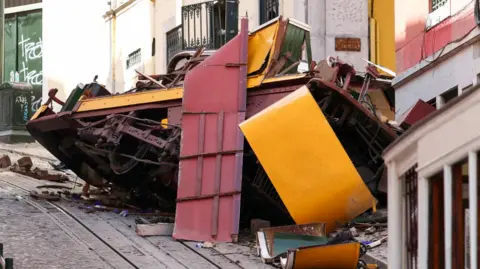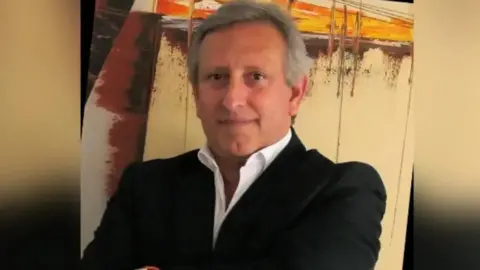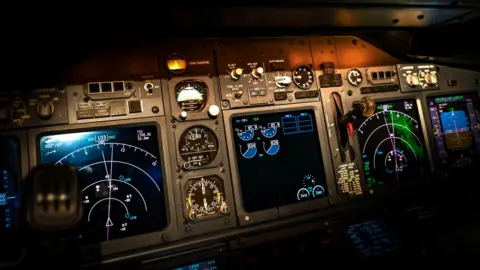In the ongoing investigation into the tragic crash of Air India Flight 171, which claimed 260 lives in June, new revelations have sparked serious debate about the decisions made in the cockpit leading up to the accident. The preliminary 15-page report, while aimed at shedding light on the circumstances, has resulted in more questions than answers, particularly regarding the pilots' communication during the ill-fated takeoff.
Shortly after the aircraft departed from the runway, both fuel-control switches on the Boeing 787 unexpectedly moved to "cut-off," resulting in an immediate loss of power—a critical maneuver that should only occur after a landing. The cockpit voice recording captured a disconcerting exchange where one pilot inquiries about the cut-off input, asserting he had not activated it. However, the unclear dialogue leaves ambiguity about who was responsible.
Various media outlets, like The Wall Street Journal and Reuters, have indicated that investigations might be turning their focus toward the senior pilot. According to sources from the Italian paper Corriere della Sera, the first officer continually questioned the captain about the engine shut-off during the chaotic moments preceding the crash.
Capt. Sumeet Sabharwal, who had over 19,000 flying hours, and Co-pilot Clive Kunder, with significant experience on the Boeing 787 as well, had passed all necessary health checks prior to the flight, intensifying the scrutiny on their possible actions. Currently, the Aircraft Accident Investigation Bureau (AAIB) in India has cautioned against hasty conclusions, responding to media leaks that it considers irresponsible while the investigation is still in progress.
Recognizing the pressures facing pilots amidst severe speculation, industry leaders have emphasized the need for patience until the complete report is finalized. Key figures, including Jennifer Homendy of the U.S. National Transportation Safety Board, criticized the lapses in responsible reporting, asserting that such an investigation requires thorough examination and time.
A notable aspect of the ongoing discourse is the dismissal of claims purely attributing human error as the cause, with some experts suggesting that malfunctions in equipment could contribute to the events leading to the crash. While the initial report strongly implies that the fuel switches were manually operated, authenticating either pilot's actions will require intensive analysis of full cockpit transcripts and engine data in the final report—due within the next year.
As the investigation proceeds, many remain hopeful for a definitive understanding of the incident, which could clarify whether actions were taken deliberately or resulted from confusion or equipment malfunction. The broader implications regarding air safety in India and the aviation industry as a whole are part of the ongoing discourse as stakeholders await further updates from the investigation team. In the meantime, speculation continues to swirl, underscoring the need for responsible reporting and adherence to facts amidst tragedy.





















